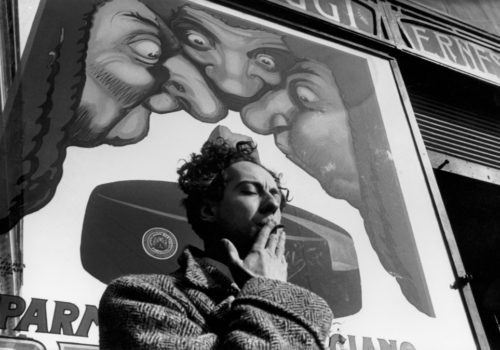In 1932, at age 24, Henri Cartier-Bresson (1908-2004) acquired a Leica camera—now legendary thanks to him—which became an extension of his eye. At the same time, he took his first major trips to Paris, spending time with the Surrealists. He trained at the academy of the painter André Lhote, who taught him the rules of geometry and composition. Abandoning drawing and painting for photography, he decided to observe the world through the lens of his Leica. He captured reality with dynamic framing based both on chance and the golden ratio. Cartier-Bresson photographed extensively, from the Ivory Coast, where he spent over a years and took his first pictures, to his more experimental work in France, Eastern Europe, Italy, Spain and Morocco. It was then that his pictures first started appearing in the press. In 1934, he visited Mexico and frequented several communist writers and intellectuals.
The exhibition, curated by Peter Galassi in 1987, is dedicated to the early work of the man who would become “The Eye of the Century,” before he was a worldwide figure and before he helped found the Magnum Photos agency. Cartier-Bresson created iconic work out of the everyday. He stayed on the lookout for the right image, opting for spontaneous gestures, striking perspectives blending poetry and reportage, composition and intuition. The human figure is central to his observations as he made the street his playground. In three years, Cartier-Bresson established his visual grammar and created one of the most influential and original bodies of work in the history of photography.
Nathalie Herschdorfer
Director of Museum of Beaux-arts Le Locle, Switzerland
EXPOSITION
Henri Cartier-Bresson, The Early Work
Producted by Fondation Henri Cartier-Bresson and Magnum Photos.
From February 22nd to May 31st, 2015
Musée des beaux-arts
Marie-Anne-Calame 6
CH – 2400 Le Locle
Switzerland
http://www.mbal.ch
http://magnumphotos.com
















